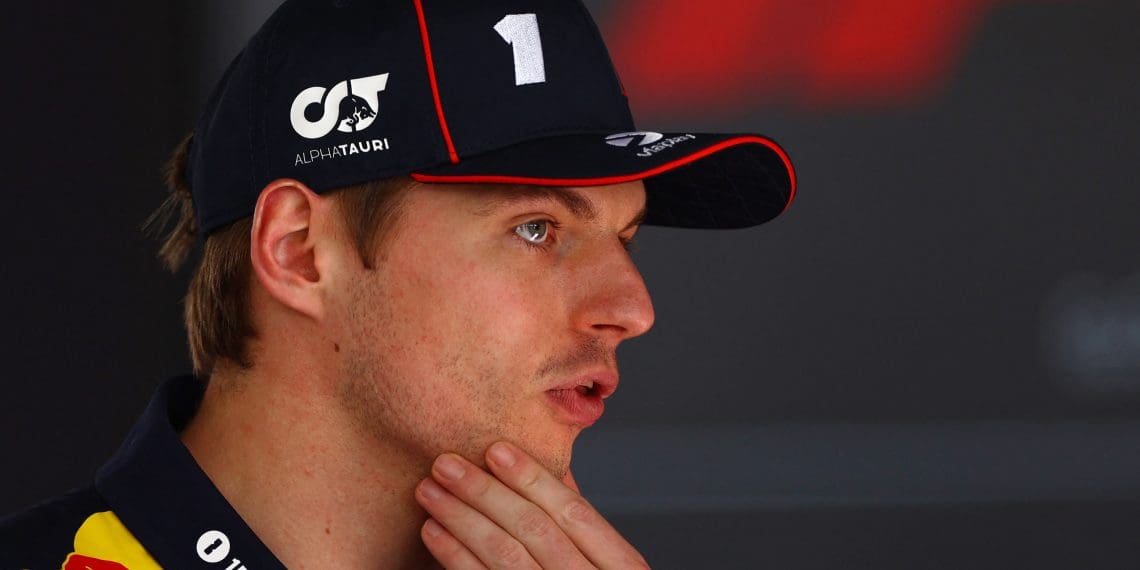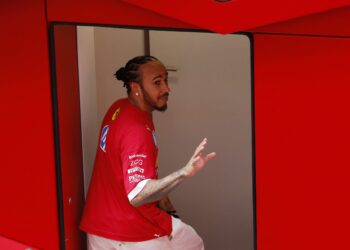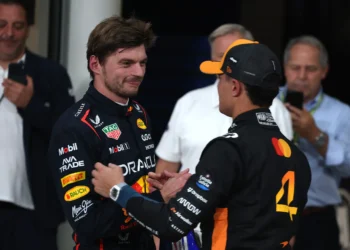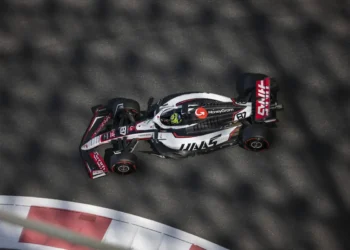In the high-stakes, fast-paced world of Formula 1 racing, Helmut Marko, Red Bull’s motorsport adviser, has dismissed Max Verstappen’s theory that the Racing Bulls’ F1 vehicle is easier to handle than the Red Bull. In Marko’s eyes, a “very fast car” will always present a bigger challenge to drivers.
This controversy was brought to light during the recent Chinese Grand Prix qualifiers, where the Red Bull team’s performance was a mixed bag. Verstappen, a four-time World Champion, was vying for a top spot on the grid, while his teammate, Liam Lawson, landed a disappointing 20th place. This marked Lawson’s third Q1 elimination in his short tenure with Red Bull, sparking questions about his future with the team.
A candid Lawson admitted to Sky F1 that piloting a Formula 1 vehicle requires unshakeable confidence, and conceded that he’s currently struggling to find his rhythm. “It’s not that I don’t feel confident, but the window is so small that, right now, I just seem to miss it,” he said.
Marko shared this sentiment, stating, “It was disappointing, and we have to go through and analyse everything. It’s all depending on performance, and he didn’t deliver.”
Verstappen, on the other hand, has a different perspective on Lawson’s struggles. He pointed out that Lawson and Yuki Tsunoda, another driver, showed similar pace last season during a six-race trial. This year, Tsunoda has been consistently qualifying in the top ten. According to Verstappen, this discrepancy suggests that the Racing Bulls’ F1 car is more forgiving to drive than the Red Bull.
Marko, however, was quick to brush off Verstappen’s theory as a mere excuse, reaffirming his belief that a faster car is inherently harder to master.
This debate has also raised questions about whether Tsunoda or Isack Hadjar, the Racing Bulls’ teammates, could outperform Lawson in the Red Bull. Marko sidestepped speculation, stating, “Let’s discuss when it happens. Yuki is driving for his future. That’s what matters, and he’s now doing very well.”
Marko also praised Hadjar’s performance, especially given his unfamiliarity with the circuit. He highlighted that the success of these drivers demonstrates the effectiveness of their junior program and the competitiveness of the Racing Bulls’ car. The latter, he conceded, might indeed be easier to drive.
Marko’s comments underscore the complexities and nuances of Formula 1 racing, as well as the rigorous demands it places on its drivers. The debate surrounding the drivability of the Red Bull versus the Racing Bulls’ car will undoubtedly continue as the season progresses.










